The illustrator realistically depicts animals that once lived on Earth (15 photos)
The author of the project paleorex is a graphic designer and illustrator who has been fascinated by nature and paleontology since childhood. His passion was born after watching the well-known BBC series "Walking with Dinosaurs", and since then dinosaurs and other prehistoric creatures have forever captured his imagination. 
Now the designer is engaged in paleoart, that is, the artistic depiction of prehistoric animals. With the help of his extremely realistic illustrations, he makes us scared, showing the muzzles and fangs of these extinct monsters.
Sabre-toothed marsupial tiger 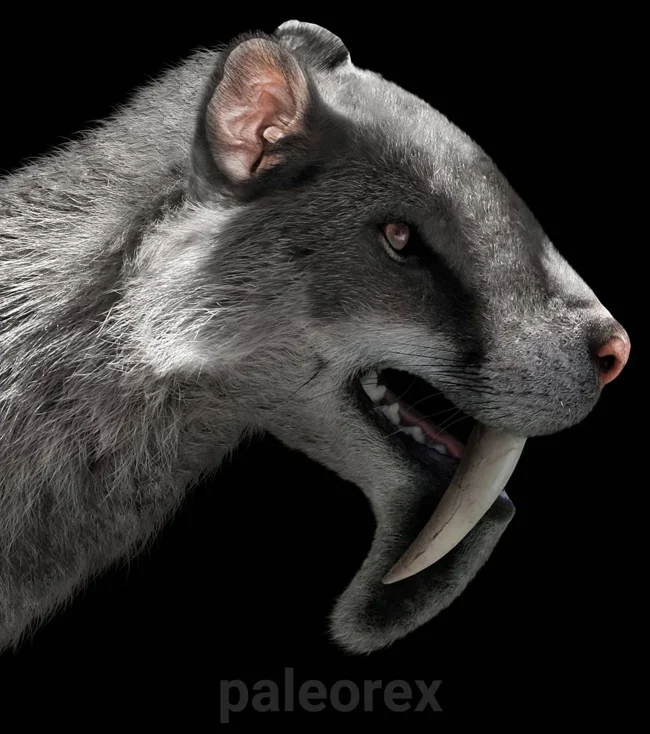
Yes, the comrade really did have such a prominent chin, and it was not a woolly beard, but the structure of the skull, that is, bone.
Hamipterus and Zhenyuanopterus 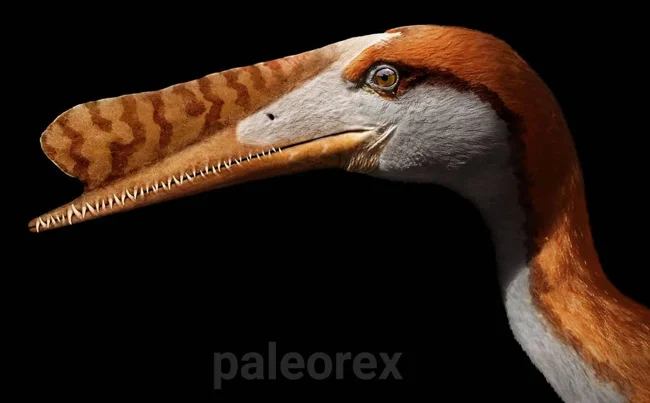


Two subspecies of pterosaurs, or flying dinosaurs, that grow such charming teeth.
Inostrancevia
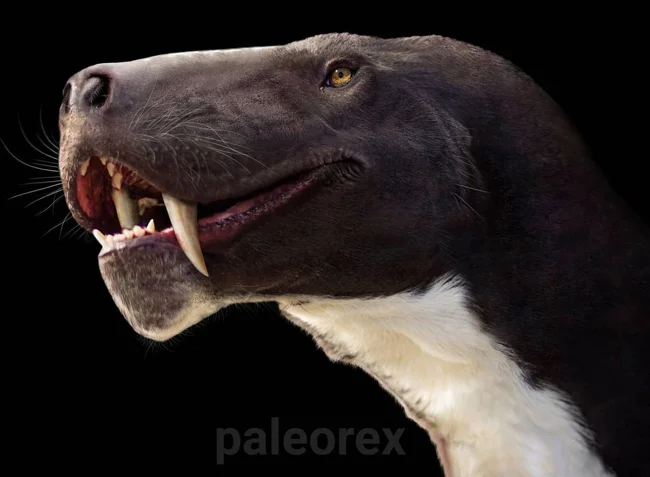
And here is this saber-toothed beauty.
Psittacosaurus
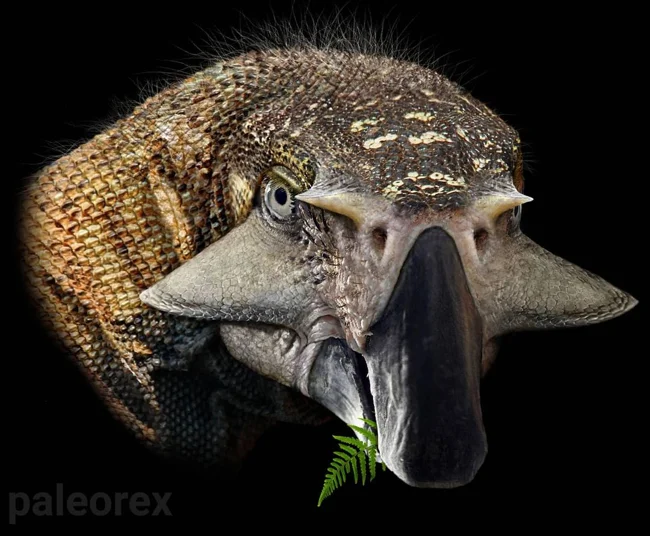
When they fed you so well in Tahiti that here.
Dorygnathus
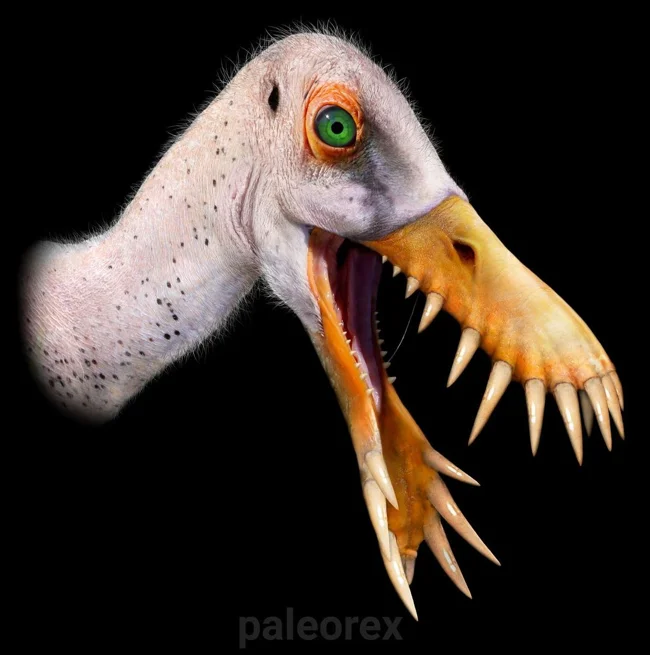
Another pterosaur species that deserves a special mention because of its smile.
Synthetoceras
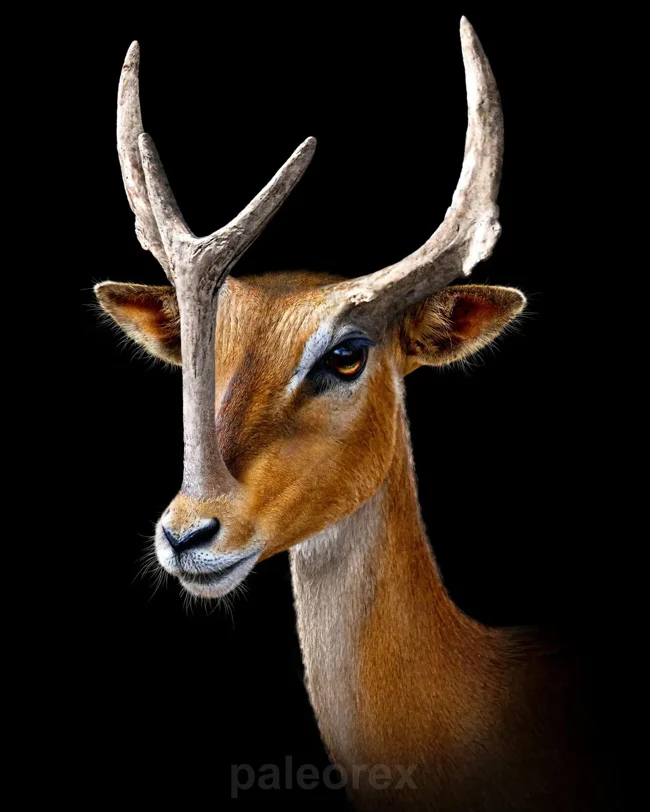
It's sad when nature has awarded you a slingshot on your nose, but you have hooves.
Tropeognathus
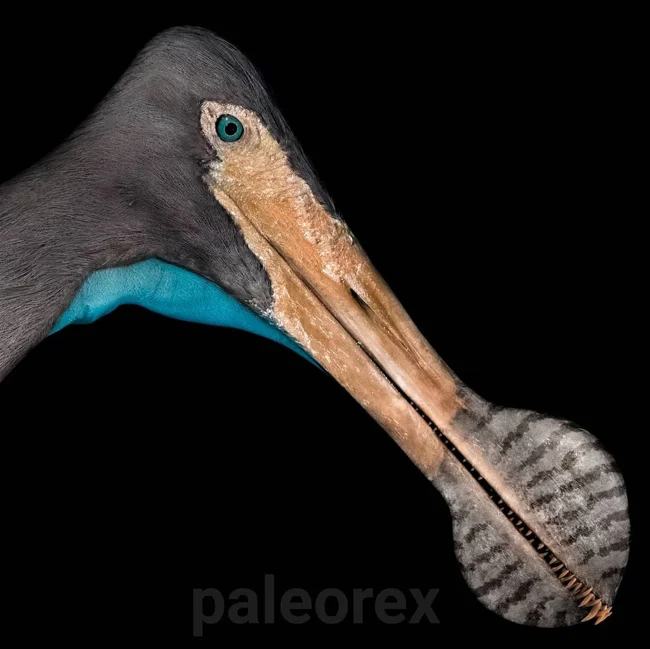
The tall combs on this bird's beak helped it hunt underwater creatures more successfully.
Pterodaustro
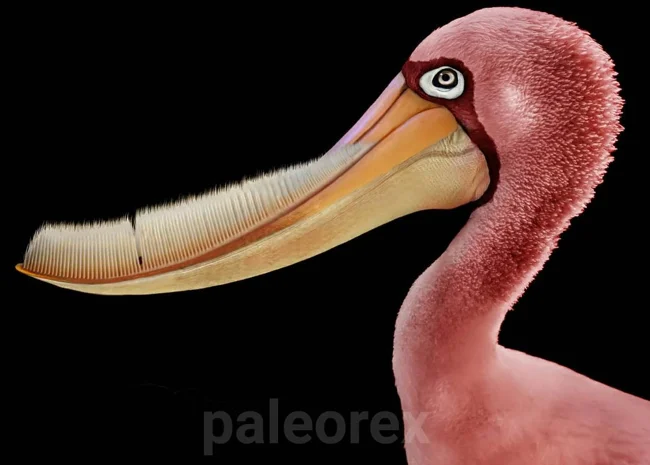
The lower jaw of this extinct hybrid of a pink flamingo and a toothbrush contained thousands of bristle-like teeth that it used to catch and filter plankton and small fish.
Tupandactylus
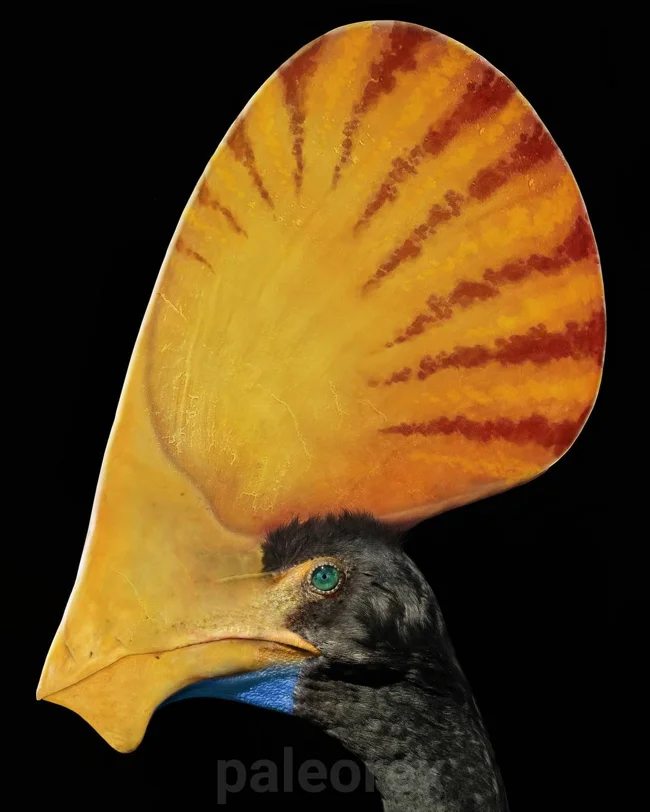
This huge crest should be labeled "place for your ad".
Daeodong
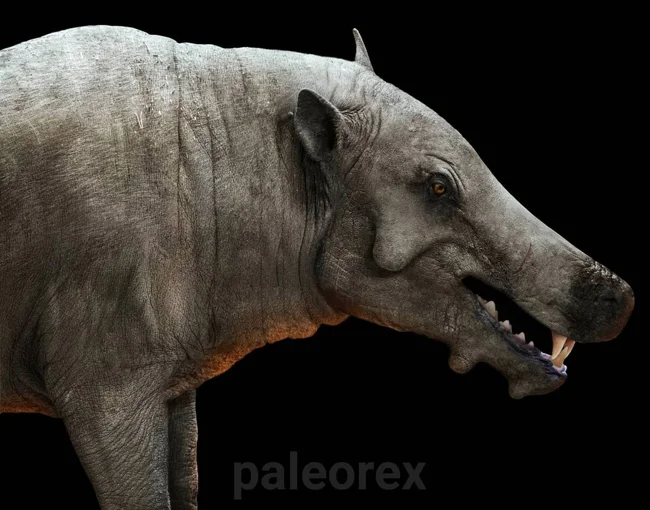
The characteristic protrusions on the skull served to attach the most powerful chewing muscles. Judging by everything, Daeodon chewed like crazy! Tremble, toffees!
Carnotaurus

Where would such a selection be without a real dinosaur! But not the most typical one, although it was the Carnotaurus that was the main antagonist of the Disney cartoon "Dinosaur".
Ambulocetus
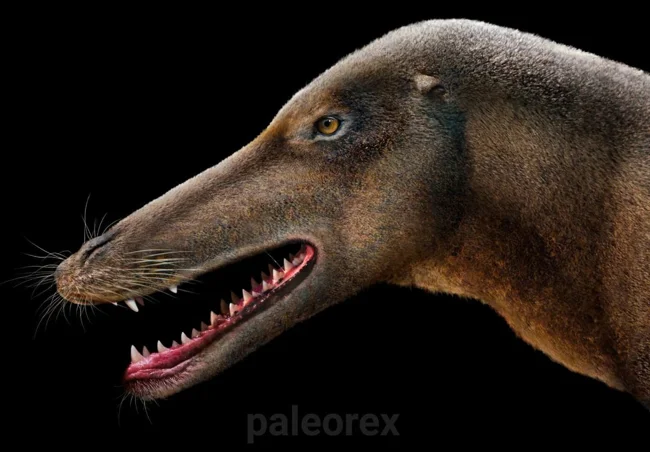
You won't believe it, but this is a representative of cetaceans. A kind of transitional species between underwater and land mammals.
Nyctosaurus
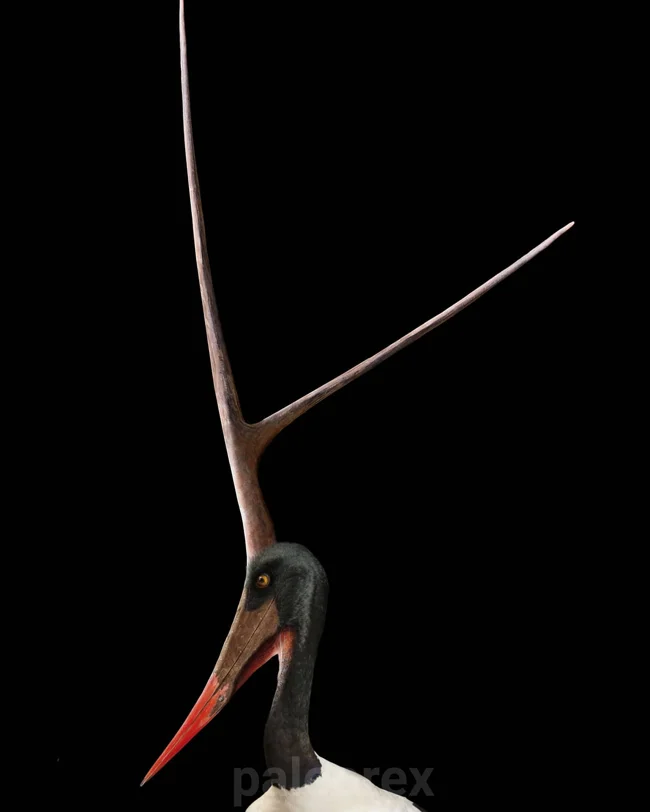
Despite the spy name, the bird was so noticeable that... you can see for yourself. You wouldn't send one like that on a reconnaissance mission. In fact, paleontologists argue about why this crest was needed: most likely, it was not for some aerodynamic properties, as one might assume, but simply to attract the attention of its relatives.

